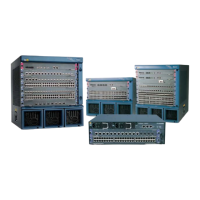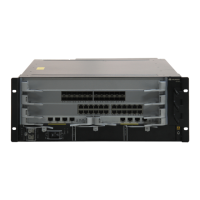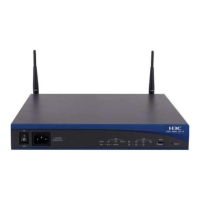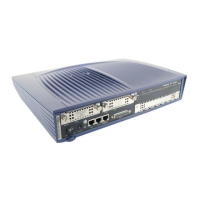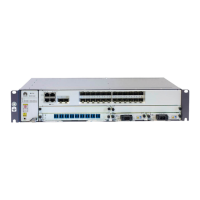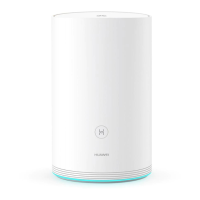
Do you have a question about the Huawei Quidway S6700 series and is the answer not in the manual?
| Product Series | Quidway S6700 series |
|---|---|
| Layer | Layer 3 |
| Relative Humidity | 5% to 95% (non-condensing) |
| MAC Address Table Size | Up to 128K |
| VLAN Support | Yes |
| Routing Protocols | RIP, OSPF, IS-IS, BGP |
| MPLS | Yes |
| Operating Temperature | 0°C to 45°C |
| Storage Temperature | -40°C to 70°C |
Describes how to configure DLDP functions, including establishing the configuration task and enabling DLDP.
Provides the procedure to enable DLDP globally and on interfaces.
Details the command to check DLDP configuration and neighbor entries.
Explains how to reset the DLDP status globally or for specific interfaces.
Provides a configuration example for DLDP.
Describes creating, enabling, and configuring master/slave interfaces for a Smart Link group.
Details the procedure for creating and enabling a Smart Link group.
Provides commands to check the status of a Smart Link group and received Flush packets.
Presents configuration examples for Smart Link functions.
Illustrates configuring load balancing for Smart Link active and standby links.
Explains configuring RRPP roles, ring status, and topology changes.
Details creating an RRPP domain with a specific domain ID and control VLANs.
Describes the procedure for creating an RRPP ring, including node modes and ports.
Provides several configuration examples for RRPP.
Illustrates configuring a single RRPP ring with specific VLAN protection.
Demonstrates configuring crossed RRPP rings with multiple instances in HW version.
Details configuring basic EFM OAM functions to detect link connectivity.
Explains how to enable EFM OAM globally before configuring functions.
Provides commands to check EFM OAM configurations for success.
Describes testing packet loss ratio to ensure link performance.
Details configuring EFM OAM remote loopback to locate faults and assess link quality.
Explains associating EFM OAM with an interface to affect services on fault detection.
Provides procedures for associating EFM OAM with an interface for fault notification.
Describes configuring single-hop BFD for direct link fault detection.
Details creating a BFD session by binding peer IP, interface, and setting discriminators.
Provides commands to check BFD session configuration and status.
Explains configuring static BFD sessions with auto-negotiated discriminators.
Provides the procedure for creating static BFD sessions with auto-negotiated discriminators.
Offers configuration examples for BFD.
Illustrates configuring single-hop BFD on Layer 2 interfaces.
Demonstrates configuring single-hop BFD on VLANIF interfaces.
Explains configuring VRRP backup groups in master/backup or load balancing modes.
Details creating VRRP backup groups and assigning virtual IP addresses.
Describes configuring VRRP to track interface status for fast switchover.
Provides procedures for configuring VRRP to track interface status for priority adjustment.
Explains binding VRRP backup groups to mVRRP groups for simplified management.
Provides configuration examples for VRRP.
Illustrates configuring VRRP in master/backup mode with priority and preemption.
Demonstrates configuring VRRP fast switchover using BFD tracking.
Shows configuring VRRP6 in load balancing mode for master/backup roles.
Describes configuring local MAC swap loopback for switch and network connectivity tests.
Details the procedure for configuring local MAC swap loopback on an interface.
Provides commands to verify local MAC swap loopback configuration and statistics.
Explains configuring remote MAC swap loopback for network connectivity tests.
Details the procedure for configuring remote MAC swap loopback on an interface.
Provides examples for MAC swap loopback configuration.
Illustrates local MAC swap loopback configuration between switches.
Demonstrates remote MAC swap loopback configuration.
